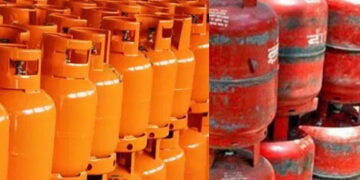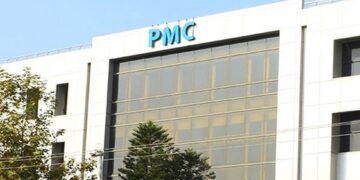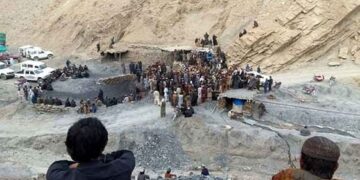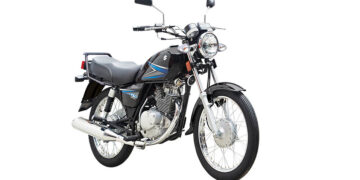Fixed assets appear on the balance sheet, where they are classified after current assets, as long-term assets. This line item is paired with the accumulated https://josherov.com/page/2/ depreciation line item, resulting in a net fixed assets figure. A sample presentation of the assets section of a balance sheet appears in the following exhibit, with the positioning of the fixed assets and accumulated depreciation line items highlighted. The proportion and management of fixed assets within a company are important factors for investors. High fixed asset turnover ratio is generally seen as a positive sign, as it shows the company’s efficiency in utilizing its assets. On the other hand, companies with high debt to equity ratio may be viewed as risky investments.
Individual Tax Forms
- Poor management can lead to ghost assets, tax errors, and unnecessary costs.
- These items may last more than a year, but they are of lower value and are not major investments.
- A fixed asset is not purchased with the intent of immediate resale, but rather for productive use within the entity.
- In summary, each asset type plays a unique role, with current assets tending to support short-term operations and fixed assets offering long-term operational and growth support.
- These assets are recorded on the company’s balance sheet and are usually listed under property, plant, and equipment (PP&E) or intangible assets sections.
Investors also use this ratio to decide when a company may be purchasing major new fixed assets. Gross fixed assets, on the other hand, are what we call simply “fixed assets” or fixed assets before taking into account depreciation and liabilities. Some industries need more fixed assets than others in order to make products or deliver services.
- The reason is buildings, on normal occasions, take more time to complete, and it is the business of Asha builders to sell them, and they don’t intend to use them.
- Technology has become the turning point that separates companies with basic control from those with full visibility and strategic intelligence.
- Companies that manage their assets strategically gain visibility, reduce risks, and unlock efficiency across the entire organization.
- A ratio above 1 generally indicates sufficient resources to cover short-term debts.
- They are reported at their book value at the end of the accounting period in different categories based on nature, their use, and the depreciation rate.
- Think of industrial ovens, assembly line robots, or printing presses – these are all essential fixed assets that keep your production humming.
They are used in business operations and provide a long-term financial benefit
Fixed assets help a company make money, pay bills in times of financial trouble and get business loans, according to The Balance. A fixed asset is property with a useful life greater than one reporting period, and which exceeds an entity’s minimum capitalization limit. A fixed asset is not purchased with the intent of immediate resale, but rather for productive use within the entity. Also, it is not expected to be fully consumed within one year of its purchase.
- Fixed assets, also known as tangible assets, are long-term resources that a business owns and utilizes to generate revenue.
- The fixed asset turnover ratio measures how efficiently a company utilizes its fixed assets to generate revenue.
- Assets that held for resale must be accounted for as inventory rather than fixed asset.
- Fixed assets also serve as collateral for securing loans or attracting potential investors.
- For example, a company that purchases a printer for $1,000 with a useful life of 10 years and a $0 residual value would record a depreciation of $100 on its income statement annually.
#1 – Tangible Assets
It provides a realistic view of the financial resources needed to maintain operational capacity. However, it may not always reflect the asset’s actual market value, especially if the asset is unique or has specialized features. Understanding how fixed assets are categorized, valued, depreciated, https://innovacoin.info/overwhelmed-by-the-complexity-of-this-may-help-2/ and eventually disposed of is essential for accurate financial reporting and strategic decision-making. Fixed assets are normally expected to be used for more than one accounting period which is why they are part of Non Current Assets of the entity. Economic benefits from fixed assets are therefore derived in the long term.
Fixed assets play a significant role in financial reporting, providing a clear picture of a https://www.realno.info/page/3/ company’s long-term investments and operational capabilities. These assets are recorded on the balance sheet under non-current assets, reflecting their enduring value to the business. Accurate reporting of fixed assets is essential for stakeholders, including investors, creditors, and regulatory bodies, as it offers insights into the company’s financial health and stability. The valuation, depreciation, and disposal of these assets directly impact the financial statements, influencing key metrics such as net income, total assets, and equity. Primarily, fixed assets are characterized by their long-term nature, meaning they are expected to be used for more than one accounting period, typically exceeding a year. This long-term utility allows businesses to spread the cost of these assets over their useful life, reflecting their contribution to revenue generation over time.
Tangible
These assets are not meant for sale but rather for continuous use in operations. Fixed assets can include property, plant, equipment, vehicles, machinery, buildings, land, and other physical assets that have a useful life of more than one accounting period. This is primarily because they can be converted into cash within one business cycle or financial year. Examples of current assets include cash, accounts receivable, and inventory. They play a crucial role in funding the day-to-day operations of a business. In accounting, fixed assets are assets which cannot be converted into cash immediately.
Fixed assets are typically classified on the company’s balance sheet under property, plant, and equipment (PP&E). They can be further categorized based on their specific function, such as machinery, buildings, or furniture. Depreciation is one of the most important financial reasons businesses track their physical assets. The Internal Revenue Service (IRS) allows you to deduct this lost value when calculating your taxes.
What Is a Fixed Asset? Types and Examples
Fixed assets are non-current assets that have a useful life of more than one year and appear on a company’s balance sheet as property, plant, and equipment (PP&E). If the car is used in a company’s operations to generate income, such as a delivery vehicle, it may be considered a fixed asset. However, if the car is used for personal use, it is not considered a fixed asset and is not recorded on the company’s balance sheet. However, personal vehicles used to get to work are not considered fixed assets. Additionally, buying rock salt to melt ice in the parking lot is an expense.
style=”display:none;”>





















































